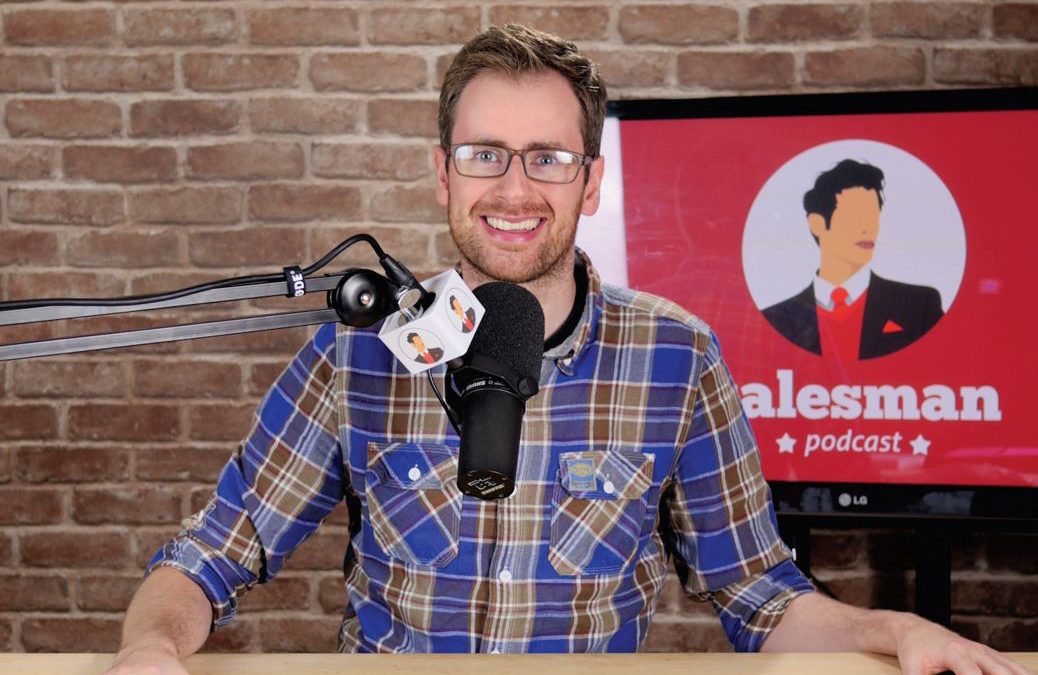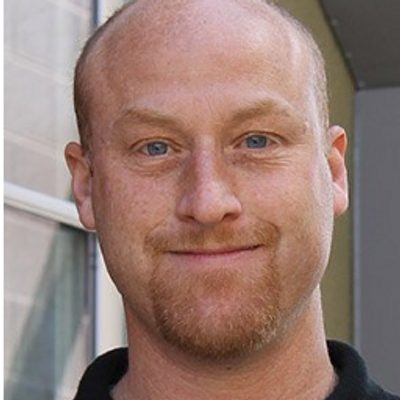
Account based marketing or ABM is an alternative to B2B. It’s a strategy where an individual account is treated as its own market of one. Brandon Redlinger manages growth at Engagio which provides software products for account based marketing and account based sales. Brandon is going to share his experiences and strategies working in this … Read more
Episode 85: Developing a Successful Sales Mindset – Will Barron
Having issues with mindset and skill set can amplify issues that we may have at the top of the sales funnel. Will Barron the host of The Salesman Podcast is here today to talk about mindset. He has so many skills and there are so many topics that we can talk about, but I wanted … Read more
Episode 84: Optimizing the Marketing for a Sales Funnel – Hardy Kalisher
The top of the funnel and improving, augmenting, and optimizing the ability to start conversations with whales on a consistent basis for higher revenue and a higher lifetime value is at the top of most listeners minds. Hardy Kalisher is the Executive Director of Parallel Path out of Boulder, CO. He is here today to … Read more
Episode 83: How to Drive Winning Behaviors – George Bronten
George Bronten the founder and CEO of Membrain is here today to talk about sales effectiveness and how to drive winning behaviors. Membrain is a sales effectiveness platform that helps complex B2B sales. There goals are to make it easy to execute your process, enable your team, coach effectively, and optimize your strategy. George is … Read more
Episode 82: Top of the Funnel Focus – Jamie Crosbie
Jamie Crosbie is here today to talk about the top of the funnel. Jamie has experience all the way through the funnel and knows a lot about the pipeline. For the show, I asked her to focus on the top of the funnel, but if you like her processes and workflows by all means get … Read more
Episode 81: The Characteristics of a Good Closer – Mark SA Smith
Process and metrics are so important, but there is a whole other side to selling. In this episode, I have a conversation with sales expert Mark SA Smith. We talk about selling professionally and being authentic. We talk about polishing the saw not only with systems and frameworks, but when it comes to the conversational … Read more
